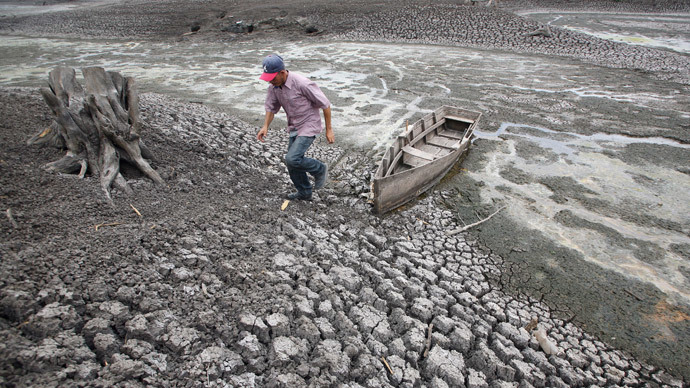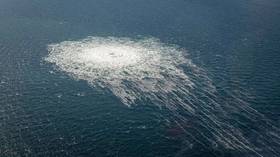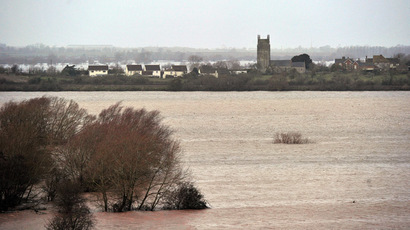Droughts, heavy rainfall coming? UN weather agency warns of El Niño later this year

The UN weather agency warned Tuesday that there is a fairly good chance of an El Niño climate phenomenon occurring later this year in the Pacific Ocean, which may bring drought and heavy rainfall to the rest of the world.
The World Meteorological Organization (WMO) announced Tuesday that its world weather modeling shows there is a “fairly large potential for an El Niño, most likely by the end of the second quarter of 2014.”
“If an El Niño event develops – and it is still too early to be certain – it will influence temperatures and precipitation and contribute to draughts and heavy rainfall in different regions of the world,” WMO chief Michel Jarraud said in a statement.
El Niño occurs every two to seven years, when prevailing trade winds that circulate surface water in the tropical Pacific start to weaken. It is characterized by unusually warm ocean surface temperatures in the central and eastern tropical Pacific.
It has a warming influence on global temperatures and is the opposite of the La Niña phenomenon, which is associated with cooling. The last El Niño took place between June 2009 and May 2010. El Niño is often followed by La Niña.
The WMO said that two-thirds of climate models suggested that El Niño might begin between June and August 2014, with some suggesting it might start in May. The remainder say that El Niño will not take place this year.
Neither El Niño nor La Niña are caused by climate change, but rising ocean temperatures as a result of global warming may influence their frequency and intensity.
Jarraud warned that combined with human-induced warming from greenhouse gasses, “El Niño has an important effect on global average temperatures” and has “the potential to cause a dramatic rise in global mean temperature.”
Both El Niño and La Niña are at opposite ends of the ENSO cycle, which refers to the year-to-year variations in sea-surface temperatures, convective rainfall, surface to air pressure, and atmospheric circulation that occur across the equatorial Pacific Ocean.
The term el niño means “the boy” in Spanish, but the capitalized version refers to Christ because the phenomenon often develops around Christmas.














